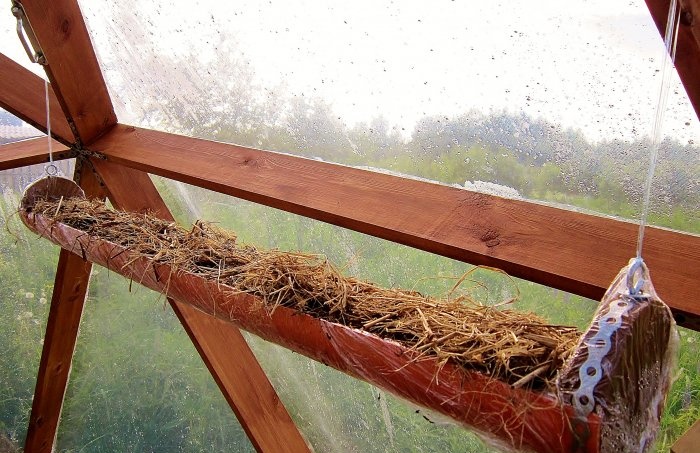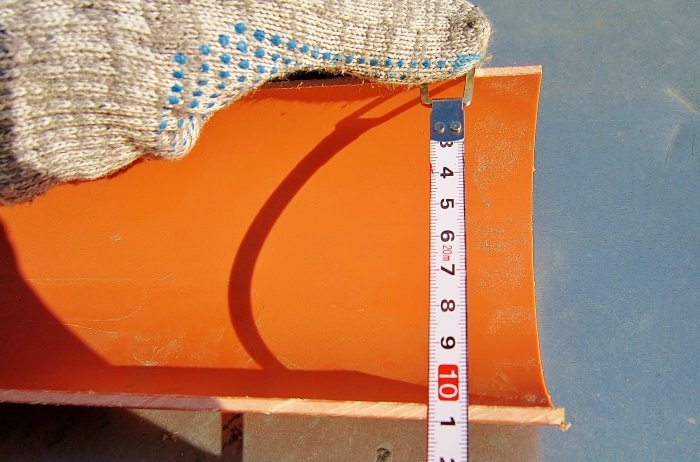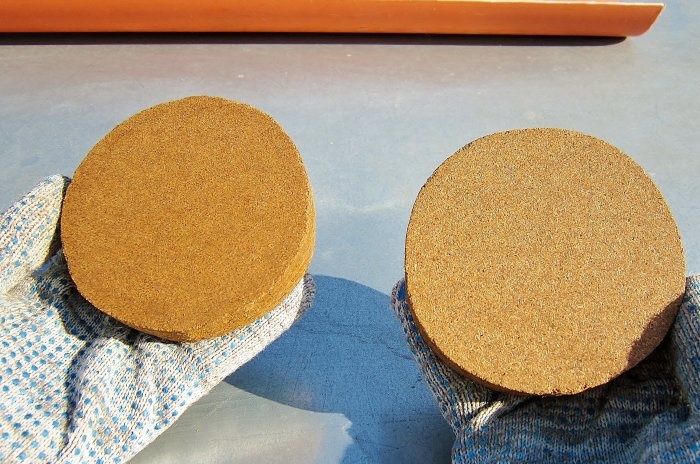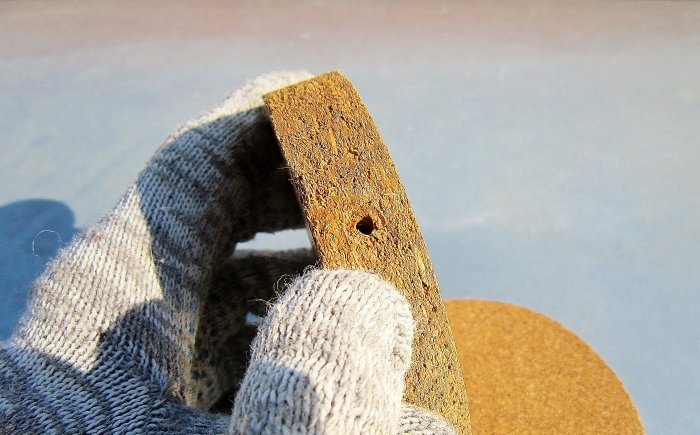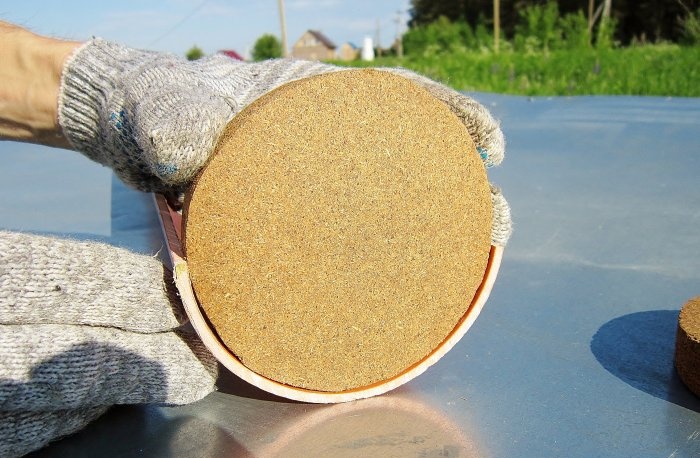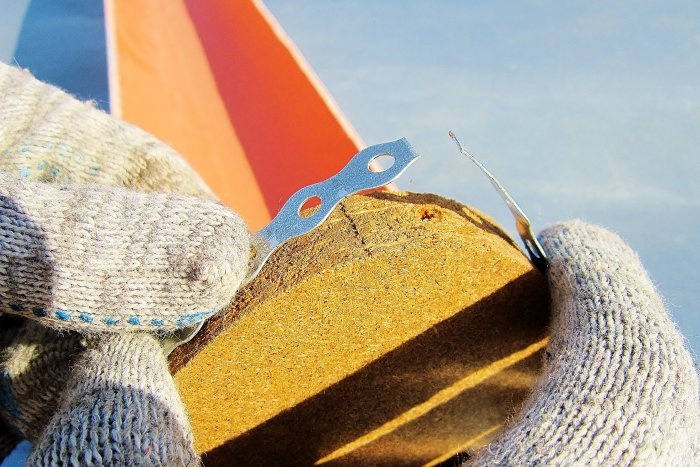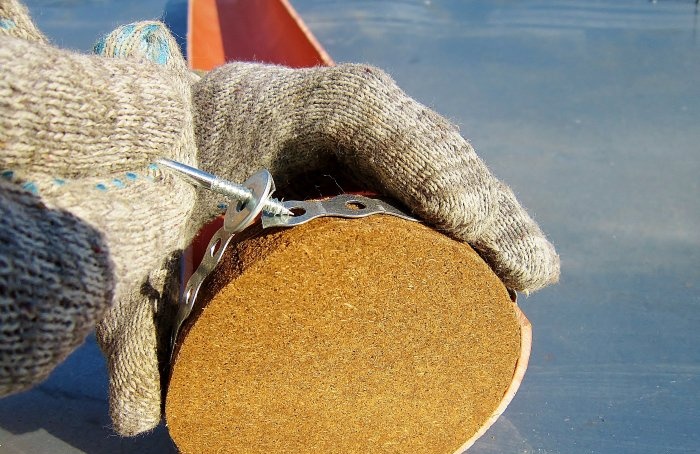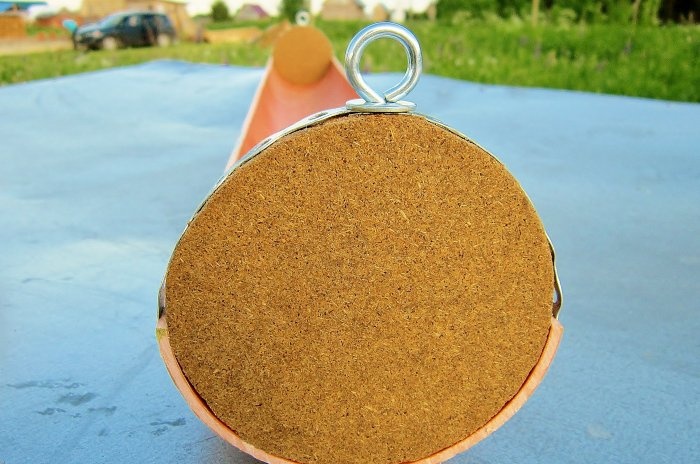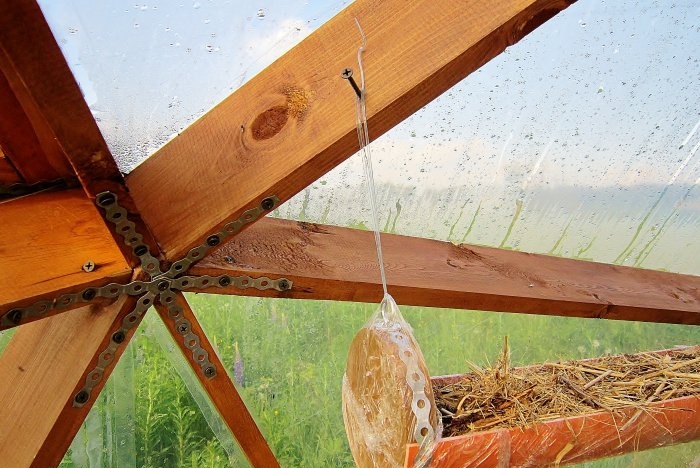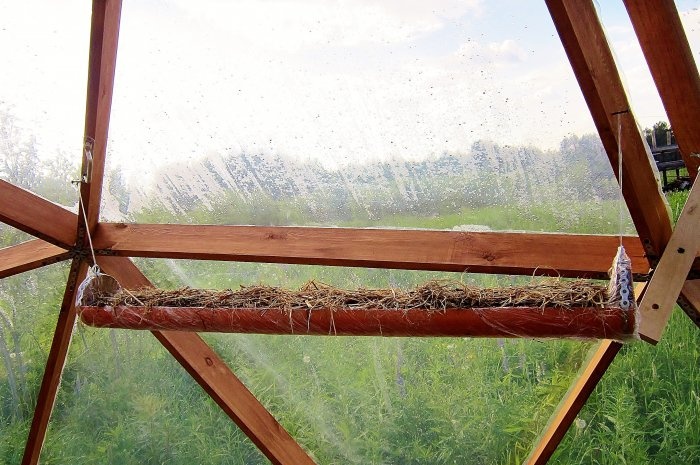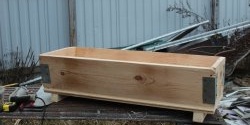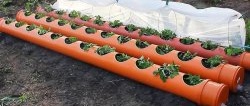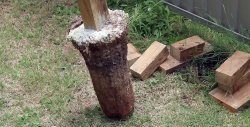Hello, lovers of agriculture, part-time artisans. Recently, the secrets of homestead activities related to the cultivation of fruit and berry crops have been revealed more often. I wanted to say vegetables. For consumption and commercialization, many people are looking for profitable ways to increase their yield. An indisputable fact is that if you plant 40 cabbage bushes on 20 square meters, then the total mass of ripe heads of cabbage will be less than when planting not 40 bushes, but 20 on the same area. Or even less. And let the people in the countryside and villagers who are accustomed to farming since childhood not be offended by me, I will say it frankly. There is no place for old wives' tales in this activity. And the village today lives in forgetfulness, thoughtfulness and confusion. We lost our skills in the countryside. After all, it is not necessary to dig up the soil in order to get a good potato harvest. On the contrary, there is no need to dig. But that's another story. And now I will tell you how to make a hanging bed in a greenhouse.
What kind of greenhouse is the bed intended for?
Question number one, what kind of greenhouse is this bed intended for? Well, of course, for the dome, friends. Other types of greenhouses are just pampering. Only the dome will provide a long-term temperature during shortening daylight hours. And for central and northern Russia, where I live, this is the main point. Moreover, only in the dome the hanging bed does not interfere with watering the plants on the ground area. But if you have an ordinary greenhouse, don’t worry. You have not yet reached and realized the benefits of the dome. The hanging device will fit in your space too. Moreover, functionality will not be affected.
Will need
Question number two, what will we make it from? To make a hanging bed one meter long we will need:- External sewer pipe. I’ll say it right away so as not to confuse you. This is an orange pipe. Plastic does not deteriorate from ultraviolet radiation and low temperatures. The diameter is 11 cm and the wall thickness is 3.2 mm. This is enough for a decent load capacity. Although more about her later. However, it is worth clarifying the material of manufacture. I came across two options: - uPVC. I believe it is polyvinyl chloride with nylon. This is a hard and shape-holding material. - Polypropylene. Soft and flexible. It bends well.
- Punched tape. I find it difficult to describe the one I use. I'll say this. It's not thin metal. It bends well, but holds its shape and can withstand the load. The holes with a diameter of slightly less than 6 mm are arranged in one row one after another. The punched paper tape is also wavy around the edges.
- Brackets. These are screw-on rings with a 4mm thread. One bed requires two brackets.
- Washers. The main thing is that they coincide with the brackets.
- Mugs made of chipboard with a diameter of slightly less than 11 cm and a thickness of at least 18 mm. Next, I will tell you what a little less means.However, I do not recommend using any other material for mugs. Chipboard is a finished board, dried and etched with anti-corrosion resins.
- Pat tape. This tape is cut from a plastic bottle using a bottle cutter. Useful thing.
- You may also need cling film. Or maybe you can do without it. You decide. From the available tools you need:
- A file or a more advanced machine. For example, an electric jigsaw. I used a Chinese-made miracle - a screwdriver attachment. On one edge of the nozzle there is a cricket for cutting metal, and on the other there is a file.
- Scissors are regular and for metal. Although if you bite the pet-tape with your teeth, you can make do with tin scissors. This is for cutting punched paper tape.
- And for drilling a hole for the bracket, although, you know, it’s more likely to be an anchor bolt. I'll call it a fastener. So, I used a screwdriver with a 3 mm drill.
Making a hanging bed
I leave an afterword at the end and move on to the order of actions:1. The pipe, regardless of its length, requires cutting in half. By buying a three-meter pipe, you save money and you can make more beds. I only experimented with meter lengths, since as the length increases, the weight and load on the fastenings increases. The half pipe already looks like a garden bed.
2. To cut out circles from chipboard, I used a jigsaw attachment for a screwdriver. A few words about the diameter of the circles. It is more practical to place the pipe on the chipboard and trace the outer circle with a marker. You will be sawing exactly next to the line. There is a second option - to make a template. My husband suggested this to me, and it really works. With the correct template, you can cut exactly along the line. Then the cut out circle turns out to be a little less than 11 cm. And we don’t need it to fit freely into the pipe.We need tension so that the punched paper tape creates external tension.
I would like to give advice on painting the mugs with some Tenotex. Water protection. But I didn't paint.
3. Drill one hole in the end of the wall circle.
4. Cut a piece of punched paper tape into 23 holes. That's exactly what happened to me.
Try collecting: 1. Combine three elements:- - Pipe.
- - Circle.
- - Punched paper tape.
2. Connect the outer holes of the punched paper tape to each other and to the hole on the chipboard mug.
3. Place the fasteners into the three holes. Yes, this requires ingenuity. But understand one thing. If you are using the same material as me. Then it will seem to you that the edges of the metal tape do not meet. But that's not true. Apply force, engage the holes with the threads of the anchor and tighten. Remember, there are exactly 23 holes.
In essence, the bed is ready. I supplement it with hanging fasteners in the form of double loops of loop tape, and also wrap the entire bed with cling film. But this is my prejudice. If you use a garden bed outside as decoration, then it is better to decorate it with multi-colored patterns. The climatic conditions in a dome greenhouse involve high temperatures and changes in humidity. That's why I use cling film. I secured the bed with the help of a building level and my husband, who held the building level.
Today I have made four beds. They do not interfere with each other or other plantings at all. The advantages of such a hanging bed are:- Additional seating space.
- Shading the non-sunny side of the greenhouse.
- Complication of microclimate.
- Growing greens such as celery or parsley several times during the warm season.
I’m also making a 2-meter-long bed with an ornament for the front location under the window. But that is another story.
